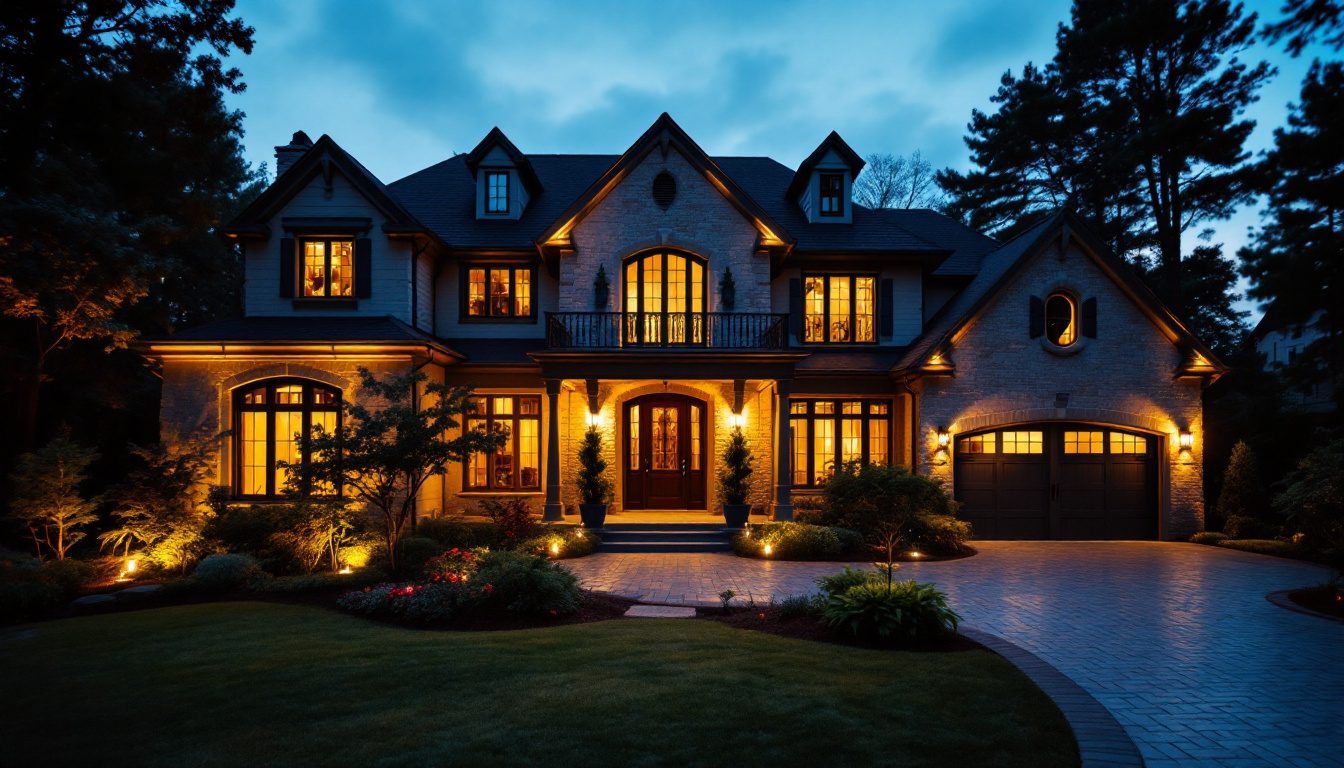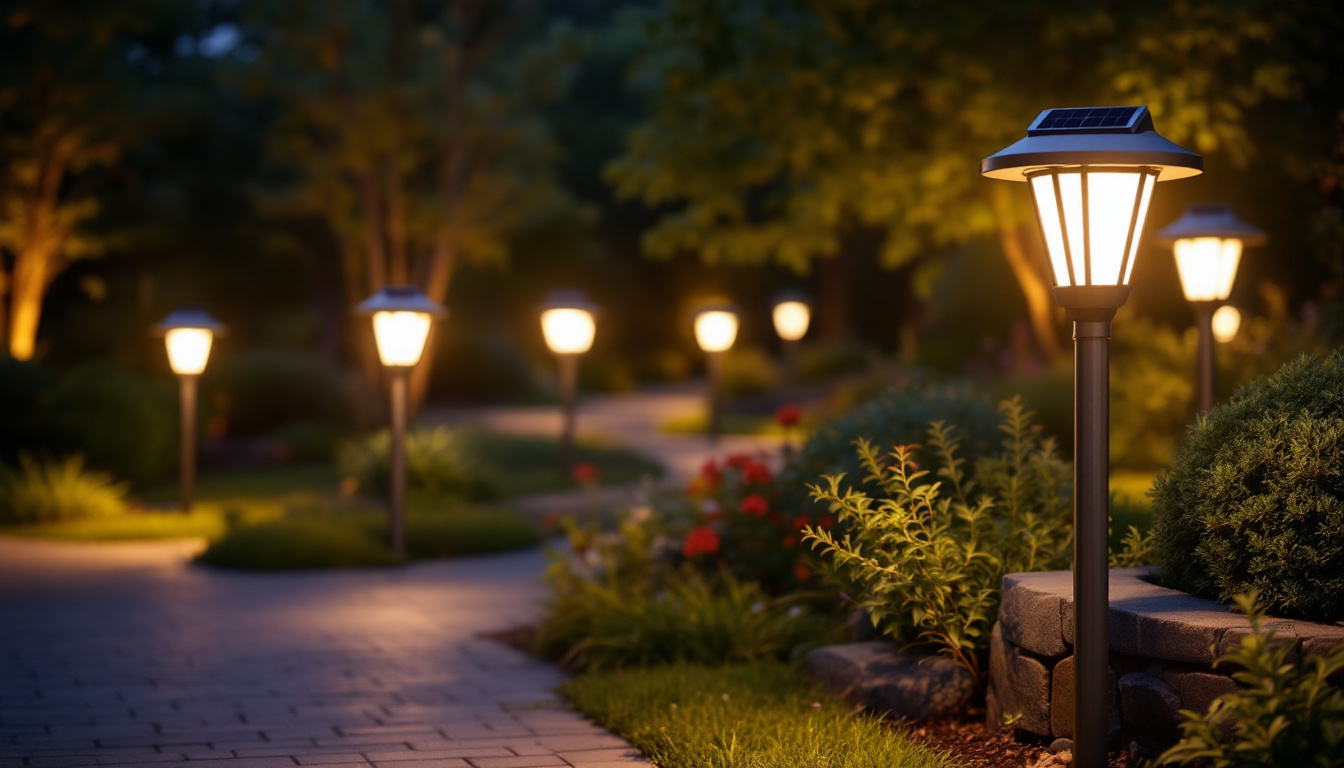
Lighting contractors face a unique challenge: delivering high-quality illumination while managing budgets tightly. Clients expect durable, efficient, and aesthetically pleasing lighting systems, but cost constraints often limit options. Mastering cost-effective lighting solutions means balancing upfront expenses with long-term savings.
One key strategy is to prioritize energy-efficient fixtures. LED technology has revolutionized the industry by offering superior lifespan and lower energy consumption compared to traditional incandescent or fluorescent bulbs. While LEDs may have a higher initial price tag, their reduced maintenance and electricity costs quickly offset the investment. Furthermore, many local governments and utility companies offer rebates or incentives for switching to energy-efficient lighting, making the transition even more financially appealing. This not only supports the contractor’s budget but also aligns with growing environmental concerns, as reduced energy consumption contributes to lower carbon footprints.
Another consideration is selecting fixtures that are easy to install and maintain. Complex installations can drive labor costs up, so choosing modular or plug-and-play systems can save both time and money. Additionally, sourcing products from reputable manufacturers with warranties reduces the risk of premature failures and costly replacements. The ease of maintenance is also a crucial factor; fixtures that allow for quick bulb changes or that have built-in diagnostics can minimize downtime and enhance client satisfaction. Moreover, integrating smart lighting solutions can provide clients with greater control over their energy usage, allowing them to adjust settings based on occupancy or time of day, further maximizing efficiency and savings.
In addition to these practical considerations, aesthetics play a vital role in the selection of lighting solutions. Contractors should be aware of current design trends and how they can influence client preferences. For instance, the rise of minimalist and industrial styles has led to an increased demand for sleek, unobtrusive fixtures that blend seamlessly into modern interiors. By offering a range of options that cater to various design sensibilities, contractors can enhance their value proposition and ensure that clients are not only satisfied with the functionality of their lighting but also with its visual appeal. This holistic approach to lighting design can set contractors apart in a competitive market, showcasing their ability to deliver both form and function effectively.
Effective lighting design is about more than just brightness; it’s about placing light where it’s needed most. Over-lighting wastes energy and budget, while under-lighting compromises safety and functionality. Using lighting simulation software can help contractors plan layouts that maximize coverage with fewer fixtures.
Consider layering light sources—combining ambient, task, and accent lighting—to create versatile environments without excessive fixture counts. This approach not only enhances visual comfort but also reduces unnecessary energy use. Additionally, choosing the right type of bulbs can further optimize efficiency. For instance, LED lights, though initially more expensive, consume significantly less energy and have a longer lifespan compared to traditional incandescent bulbs, ultimately leading to substantial savings over time. Furthermore, incorporating dimmable fixtures can allow for adjustments based on time of day or activity, providing both flexibility and cost-effectiveness.
Lighting controls such as dimmers, occupancy sensors, and daylight harvesting systems can dramatically reduce energy consumption. These technologies adjust lighting levels based on occupancy or natural light availability, ensuring lights are only on when needed.
Automated systems may require a higher initial investment, but their ability to cut energy waste and extend fixture life makes them a smart choice. Clients appreciate the added convenience and sustainability benefits, which can be a strong selling point for contractors. Moreover, integrating smart home technology, such as mobile apps or voice-activated systems, allows users to manage their lighting remotely, enhancing user experience and promoting energy-saving habits. As more people become environmentally conscious, showcasing these advanced features can also elevate a contractor’s reputation as a forward-thinking professional in the industry, attracting clients who prioritize sustainability in their projects.
Not all lighting fixtures are created equal. Contractors should evaluate products based on durability, efficiency, and compatibility with control systems. For example, fixtures with integrated LEDs often offer better thermal management and longer lifespans than retrofit kits. Additionally, energy-efficient options can provide significant savings on utility bills, making them an attractive choice for both residential and commercial projects. By analyzing the lumen output and color temperature of fixtures, contractors can ensure that the lighting not only meets functional needs but also enhances the overall ambiance of the space.
It’s also important to consider the environment where the lighting will be installed. Outdoor fixtures need to withstand weather conditions, while indoor fixtures must meet specific aesthetic and functional requirements. Selecting products with appropriate IP ratings or certifications ensures longevity and client satisfaction. For instance, fixtures designed for wet locations should have higher IP ratings to prevent moisture ingress, while indoor fixtures may focus more on design elements that complement the interior decor. Understanding the specific needs of each project allows contractors to make informed decisions that ultimately lead to successful installations.
Building strong relationships with suppliers can unlock opportunities for discounts and priority service. Purchasing materials in bulk often reduces per-unit costs, which can significantly improve project margins. Furthermore, establishing a reliable supply chain can help mitigate delays and ensure that materials are readily available when needed, preventing costly project hold-ups. Contractors who communicate regularly with their suppliers can also gain insights into upcoming sales or exclusive product lines that may benefit their projects.
Contractors should also stay informed about industry trends and new product releases. Early adoption of innovative, cost-saving technologies can differentiate a business and attract clients looking for modern solutions. For example, the rise of smart lighting systems, which can be controlled remotely and programmed for energy efficiency, is reshaping the way lighting is integrated into both residential and commercial spaces. By investing time in research and attending industry trade shows, contractors can position themselves as knowledgeable leaders in the field, ready to offer cutting-edge solutions that meet evolving client demands.
Thorough planning is critical to avoid costly delays and rework. Reviewing project specifications, coordinating with other trades, and ensuring all materials are on-site before starting installation can streamline the process. Early engagement with stakeholders, including architects and engineers, can uncover potential challenges and facilitate smoother execution. This proactive approach not only helps in identifying potential bottlenecks but also fosters a collaborative environment where everyone is aligned with the project goals.
Using detailed checklists and project management tools helps maintain focus and accountability. Efficient scheduling reduces downtime and labor costs, which directly impacts profitability. Additionally, utilizing digital tools for real-time updates allows teams to adapt quickly to any changes or unforeseen issues. This flexibility can be crucial in maintaining timelines and ensuring that all team members are informed and prepared, ultimately leading to a more cohesive workflow.
Investing in workforce training pays dividends. Skilled electricians and lighting technicians work faster and produce higher-quality results, reducing callbacks and warranty claims. By implementing a mentorship program, experienced workers can share their knowledge with newer employees, fostering a culture of continuous learning and improvement. This not only enhances the overall skill set of the team but also contributes to employee satisfaction and retention, as workers feel valued and empowered in their roles.
Staying current with the latest installation techniques and safety standards protects workers and clients alike. Regular training sessions and certifications demonstrate professionalism and build trust. Furthermore, encouraging participation in industry conferences and workshops can expose the team to innovative practices and technologies that can be integrated into future projects. This commitment to ongoing education not only enhances the team’s capabilities but also positions the company as a leader in the field, attracting more clients who value quality and expertise.
Offering maintenance services can create a steady revenue stream and strengthen client relationships. Preventive maintenance extends fixture life and maintains optimal lighting conditions, which clients value highly. Regular check-ups not only ensure that the lighting systems are functioning efficiently but also help in identifying potential issues before they escalate into costly repairs. This proactive approach can significantly enhance customer satisfaction as clients appreciate the assurance that their investment is being well cared for.
Providing clear documentation and training clients on basic troubleshooting empowers them and reduces unnecessary service calls. When issues arise, prompt and effective support enhances reputation and encourages repeat business. Additionally, creating a comprehensive FAQ section or a troubleshooting guide on your website can serve as a valuable resource for clients, allowing them to resolve minor issues independently. This not only saves time for both parties but also fosters a sense of confidence in the client’s ability to manage their lighting systems effectively.
Furthermore, establishing a dedicated support hotline or chat service can significantly improve the customer experience. Clients often appreciate immediate access to assistance, especially during critical times when lighting issues may disrupt their operations. By ensuring that your support team is well-trained and equipped with the right tools, you can provide swift resolutions that not only solve problems but also reinforce the trust clients place in your brand. Regular follow-ups after service calls can also demonstrate your commitment to customer satisfaction, allowing you to gather feedback and continuously improve your offerings.
Technology is transforming the lighting industry. Contractors who embrace digital tools-such as mobile apps for project management, augmented reality for design visualization, and cloud-based platforms for inventory tracking-gain efficiency and accuracy.
Additionally, staying informed about emerging trends like human-centric lighting and IoT integration enables contractors to offer cutting-edge solutions that meet evolving client demands.
Mastering cost-effective lighting solutions requires a blend of smart product selection, thoughtful design, efficient installation, and ongoing support. Lighting contractors who focus on these areas not only reduce expenses but also deliver superior value to their clients.
By continuously refining skills, leveraging technology, and fostering strong supplier and client relationships, contractors can thrive in a competitive market while illuminating spaces for less.
Ready to elevate your lighting game without breaking the bank? At LumenWholesale, we’re committed to helping you shine. Our extensive range of top-quality, spec-grade lighting products is available at unbeatable wholesale prices, ensuring you can tackle any project with confidence. Say goodbye to local distributor markups and hello to premium lighting solutions that meet the highest industry standards. With free shipping on bulk orders, you can stock up on reliable, high-performance lighting effortlessly. Don’t compromise on quality or value—discover wholesale lighting at the best value today and light up your clients’ spaces for less.

Explore how 5 ft LED lights operating at 110 volts are revolutionizing energy efficiency in homes and businesses.

Discover the essentials of the wire pull tool in just five minutes with our comprehensive guide tailored for lighting contractors.

Discover expert tips and common mistakes to avoid when installing exterior house lights.

Discover the essentials of solar post lamps for outdoor spaces in just five minutes.